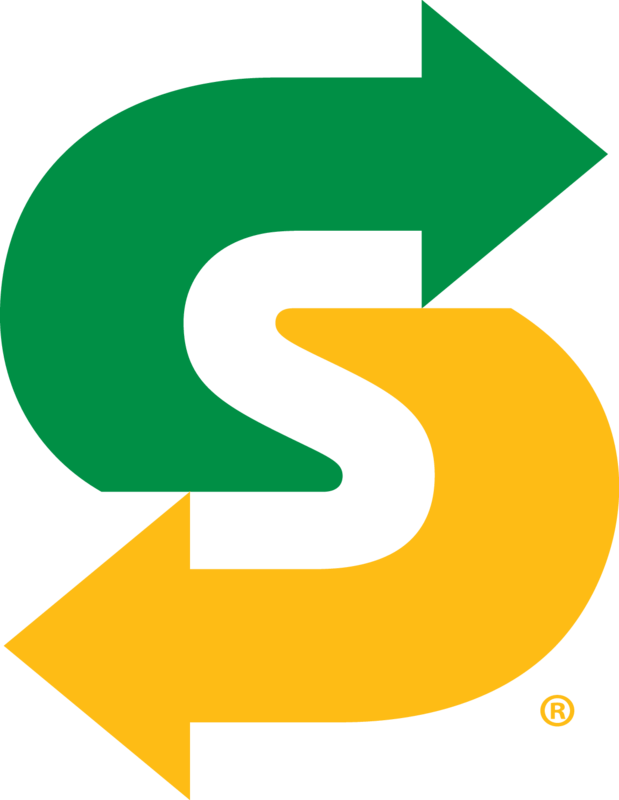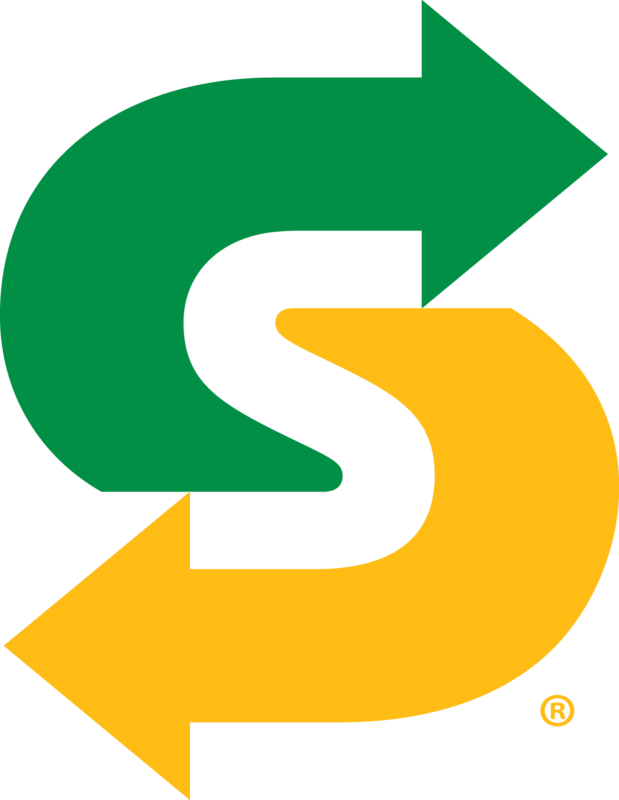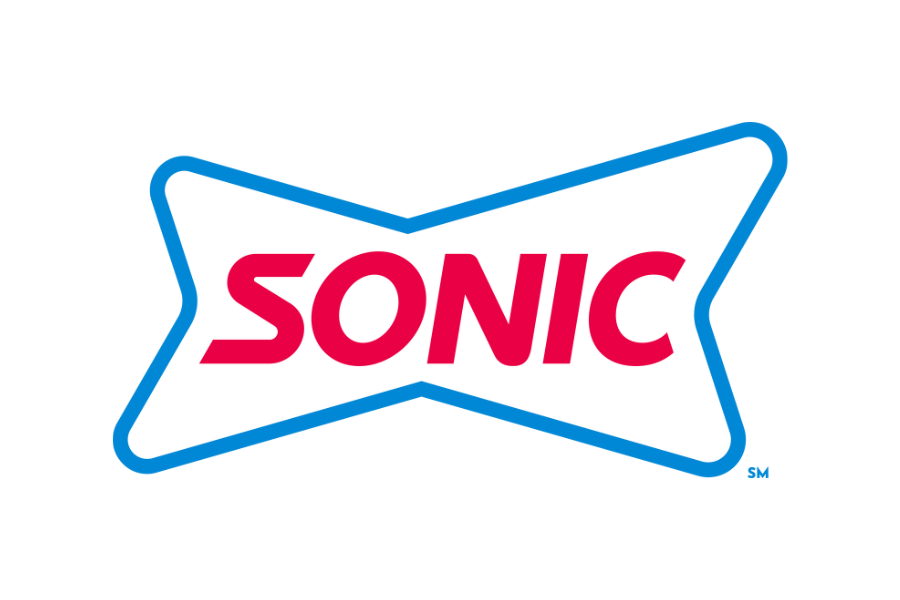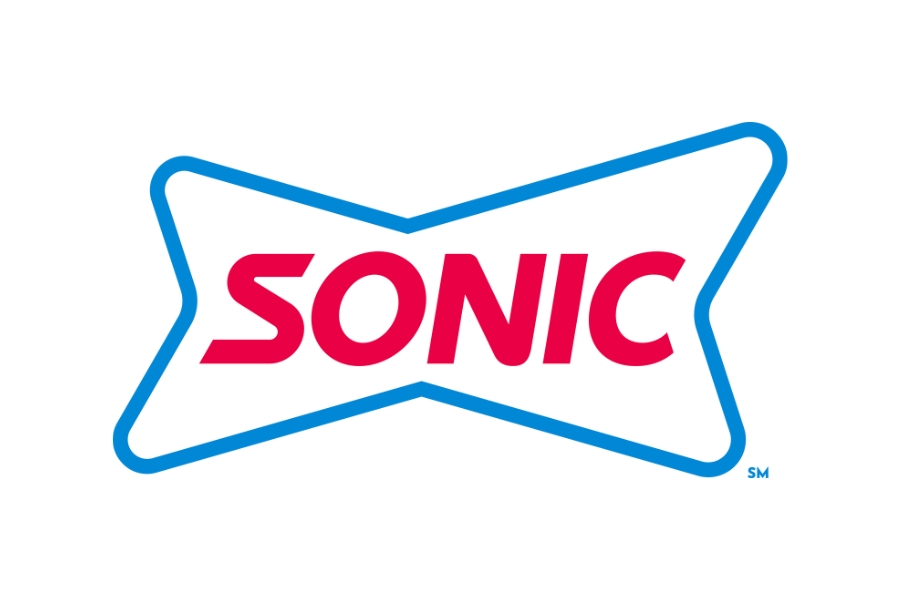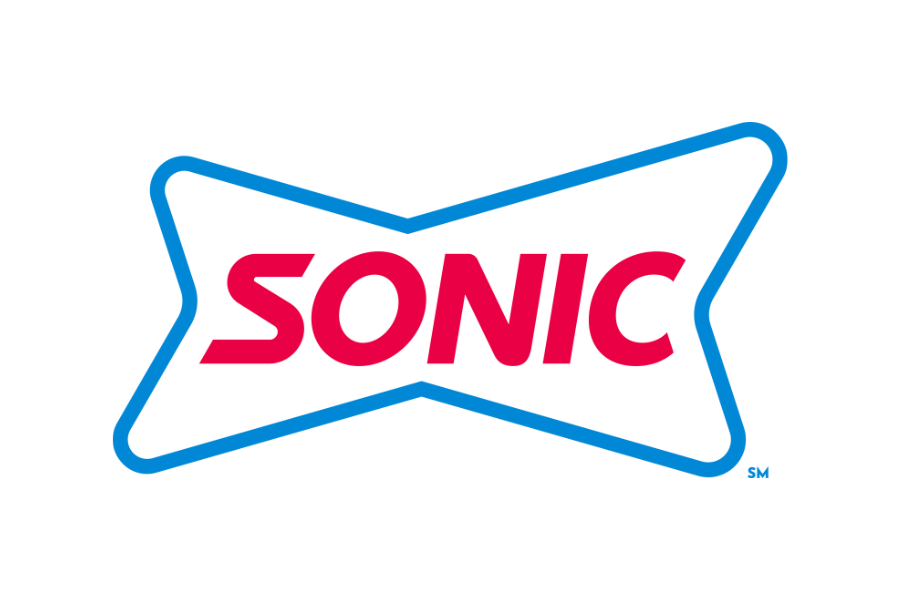Title Page
-
Conducted on
-
Prepared by
-
Location
-
Date and time of visit:
-
Manager in charge:
1. Hand-washing / Hand sinks
-
Hand sinks stock with paper towels, antibacterial soap, santizer and 2 glove racks.
-
Hands correctly washed at least once per hour. (or more frequently if needed)
-
Free from obstruction (including basin).
2. Health Violations
-
Most current health inspection report available.
-
Follow up actions documented.
-
All non-critical & critical violations corrected and maintained.
3. Hot Water
-
All sinks meet hot water requirements and in good repair.
4. Temperature Control
-
Temperature checks in the coil book are completed accurately and on time.
-
Add media
5. Sanitizing
-
Approved, properly labeled containers/ spray bottles used for sanitizer solution
-
Sanitizer test strips readily available.
-
All open stations have accessible sanitizer solutions at proper PPM (50-200) with correct color wipe cloth(s) immersed in solution
6. Shake Machine/ Soft Serve
-
No buildup evident in carburetor tube.
-
All required brushes present, clean, stored properly and in good repair.
-
Blender/Spindle area free of dried shake mix buildup.
-
Add media
7. Approved Product
-
All food, packaging and chemicals in use listed in the Approved Brands List (ABL) unless specified in OPS manual
8. Time Control
-
Potentially hazardous foods held at room temperature marked with the proper hold time and discarded when expired.
-
Add media
9. Cross Contamination
-
Are required tongs available?
-
Cooked and raw product tongs kept separate and stored so that handles do not touch cooked or raw product.
-
All tongs, knives, PHU pans, shake spindle, iced coffee stainless mixing cup, other utensils and specified broiler parts are W/R/S every 4 hours when in use.
-
Shift responsible person can explain system of 4-hour change out of tongs, pans, utensils and specified equipment.
-
Only blue (in clean, sanitized smallware) and Lift-n-Grip( Stored on top of bag) tongs stored in meat well.
-
New or replacement product not mixed with old product.
10. Pest Activity
-
Restaurant free of insects, live or dead rodents, visible rodent droppings or nesting birds.
-
Most recent pest control operator report on file in restaurant.
11. Cook-outs
-
Shift responsible person can correctly demonstrate beef cook-out.
-
Beef cook-out performed & recorded at least 3 times per day (4 times/day for late night or 24 hour restaurants).
-
No more than 3 cook-outs missed or corrective action not taken in a 30 day window / any missed cook-out highlighted and initialed by supervisor running next shift.
Other Critical Violations
-
No evidence of communicable diseases involving team members (e.g. cold, flu, stomach disorders).
-
No cleaning products/ chemicals improperly labeled or stored by food.
-
Yellow wipe cloths used ONLY in restrooms.
-
Only yellow tools, yellow wipe cloths and yellow scrub pads (optional) stored in restroom caddy.
-
Add media
-
Drainage back-up prevented in all areas.
Other Observed Criticals (not listed above)
-
Walk in cooler and freezer are meeting temp.
-
List other critical violations observed that are NOT listed above
Brand Standards
-
All uniforms worn by the team members and managers are approved and in good condition.
-
Required number of working headsets in-use
-
Guest is greeted within 5 seconds
-
Please and Thank You observed with every guest.
-
No Guests return with incorrect order.
-
Team members pushing correct button(s).
-
Buns are toasted to order and not held for more than 30 seconds.
-
Salting procedures are being followed
-
Fries are shook when indicated during the cooking process.
-
Main and specialty boards clean and free of build-up
-
Ice machine free of mold build-up.
Visit Summary
-
Total Number of food safety opportunities identified:
-
Overall visit comments:







